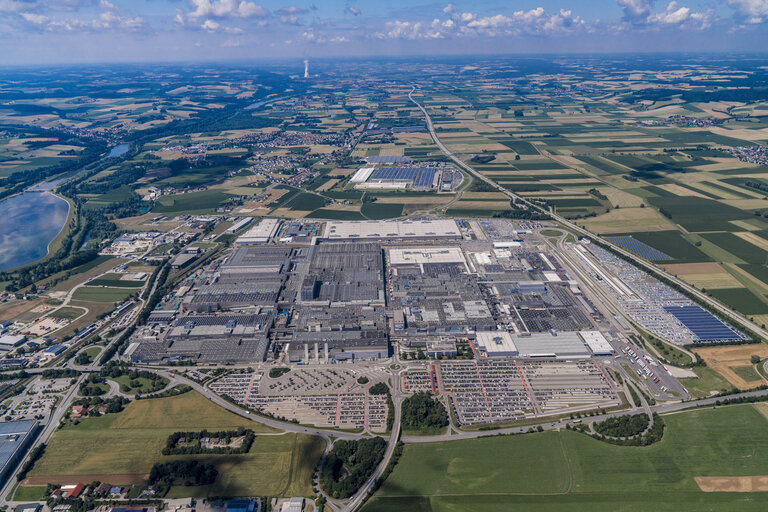Description
As part of a visionary research project, the BMW Group has developed a globally unique high-temperature aquifer storage system (HT-ATES) for excess heat at the Dingolfing plant together with Gammel Engineering. The aim was to utilize the CHP plants economically in the summer months, reduce CO₂ emissions and cover the storage requirements at the site.
Gammel Engineering was responsible for the planning and temporary provision of a multi-stage water treatment plant that can safely and legally handle flow rates of up to 80 l/s - tailored to the strict discharge criteria.
In parallel, the injection temperature was gradually increased to 110 °C - supported by a specially installed hot water boiler system with an impressive 6 MW thermal output.
This allowed the storage behavior of the malm age aquifer at a depth of 500-700 m to be empirically investigated and documented for the first time.
The project reached historic milestones: seismic explorations and drilling from 2013, flanked by hydrogeological measurements and feasibility studies, confirmed a storage volume of over 115 GWh - many times the current annual requirement of BMW Dingolfing . With scientific support from the Technical University of Munich, rock, hydraulic and geophysical parameters were recorded - on the basis of which a robust model was created for later usage scenarios.
Gammel Engineering not only supplied equipment modules - you orchestrated the entire process chain: from commissioning, water treatment and storage injection to performance measurement. This project is an impressive example of applied Industry 4.0 solutions for seasonal heat storage that sustainably combine electric heat and CHP synergies.
With expected CO₂ savings of up to 66,000 t/year - comparable to the emissions of a city with ~5,700 inhabitants - the Dingolfing HT-ATES is a beacon, driving force and technical role model at the same time, supported with €4.5 million in funding from the Bavarian Ministry of Economic Affairs
